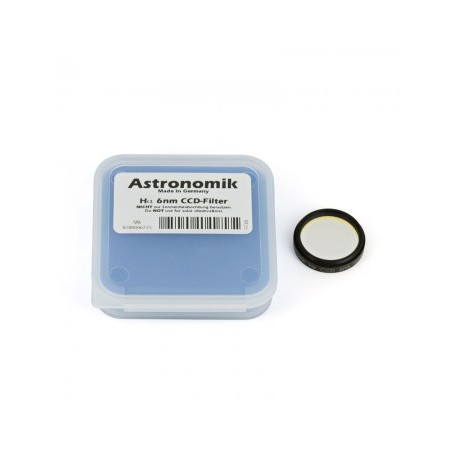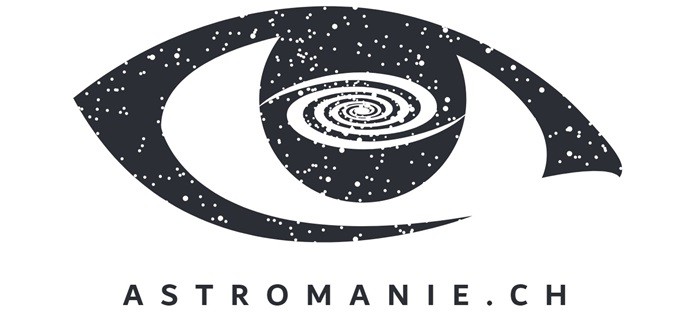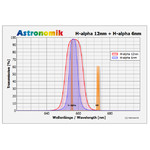No products
Prices are tax included
 View larger
View larger
Astronomik H-alpha 6nm 1.25" CCD filter
Filtre CCD H-Alpha 6nm
New product
Astronomik H-alpha 6nm 1.25" CCD filter
This product is no longer in stock
More info
Astronomik H-alpha 6nm 1.25" CCD filter
The Astronomik narrowband line filters with MFR coating are perfectly tailored to the needs of astrophotography: maximum contrast, minimal stray light, no halos and finest star image. With the new Astronomik MFR narrowband line filters, see raw data of the highest quality: The optimal starting point for further processing to an impressive Astro Photo!
Of course, a maximum transmission of the filter is for the best possible yield of valuable nocturnal observation time required: The guaranteed transmission of narrowband line filters is 90%, the typical transmission of the supplied filter is 96% - these values are sowhl for 12nm filter, as well as for the 6 nm version!
In contrast to the filters of other manufacturers, the transmission curve of Astronomik narrow-Line filter shifts in the use of powerful optical minimal. While other manufacturers offer special "high-speed filter" or you need to buy a new filter does for each opening ratio, you can use the new Astronomik narrowband line filters with MFR coating on almost all devices: All line filters with 12nm half-maximum (FWHM), up to an aperture ratio of f / 3 are used. All line filters with 6 nm FWHM can be used up to a focal ratio of f / 4.
Photography with narrowband line filters: If you need to observe under brightened sky, the introduction to astrophotography with line filters usually is to create the best way good shot, because the light pollution no longer interferes. Usually an H-alpha filter is the sensible first acquisition: This filter also illuminate at full moon or extremely brightened sky easily deep shots!
What FWHM is right for me? When shooting out of the city the images when using a DSLR and even in many cooled CCD cameras by the dark current of the camera and not by the background brightness of the sky is limited. Here brings a further suppression of the sky background by a lower half-width not more details in the object to light! Compared to the 6 nm filters the 12nm filters then have the advantage that you incorporating tracking sensor usually find Nachführsterne with cameras! If you have a camera with extremely low dark current and good cooling, the 6 nanometer filters play from all the advantages: An even stronger reduction of light pollution allows for even longer exposures and therefore deeper shots! Due to the low FWHM the stars are tiny, faint stars disappear almost completely. -Straight In Milky Way regions with many stars make the 6 nanometer filter contrast display even faint objects, without getting lost in the star crowd.
In short, it is recommended the use of 12nm Filter for DSLR and all dark current-limited cameras. The 6 nm filters are the right choice in places with extraordinary light pollution, for cameras with extremely low dark current, and if faint objects require highest contrast in the picture!


